At a Glance
Quick Tips
- Plan your transportation and lodging options around the season and species you will be hunting
- Rubber rain gear is highly recommended
- Bear fences recommended for primitive camping
- Inflatable kayaks and pack rafts can be great for crossing the many bodies of water




